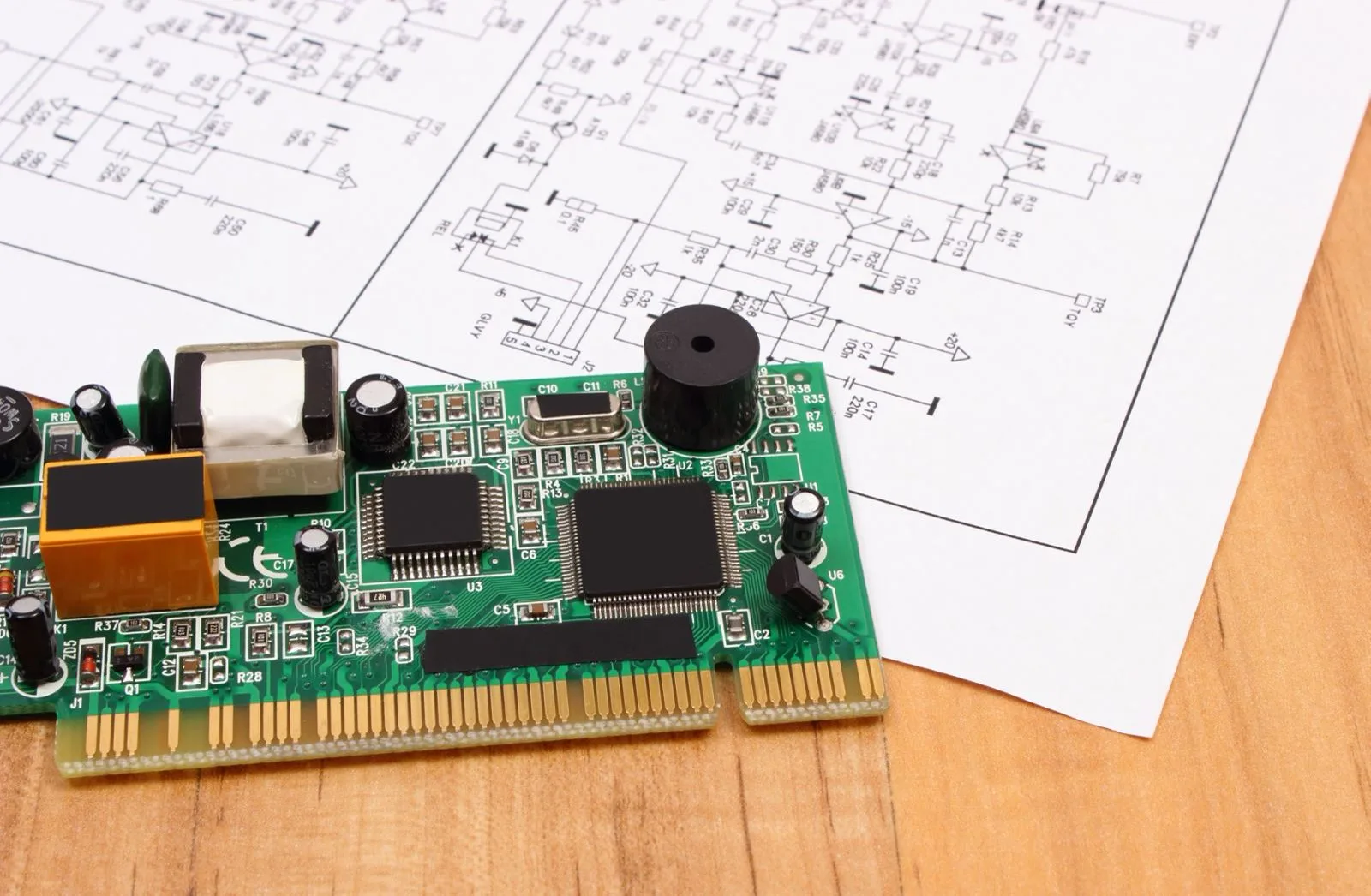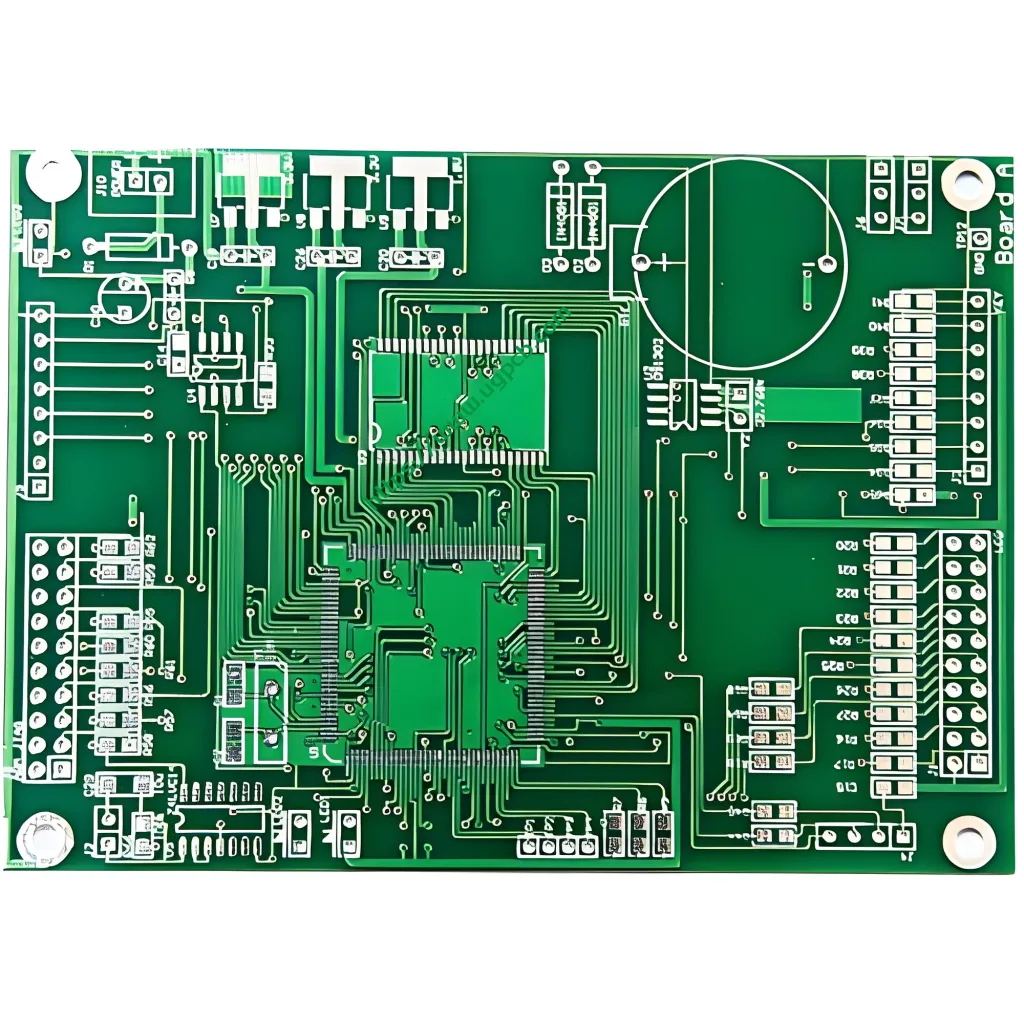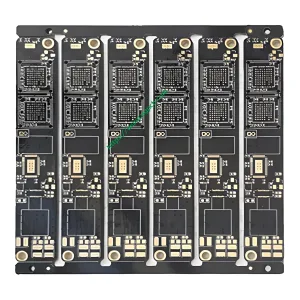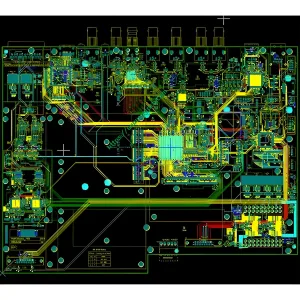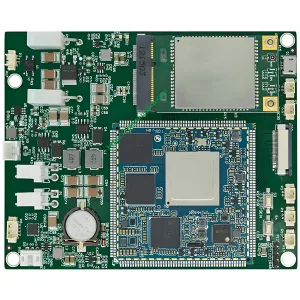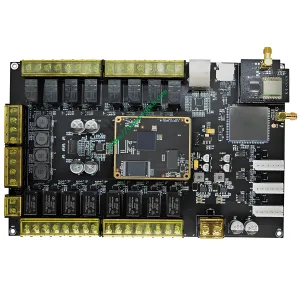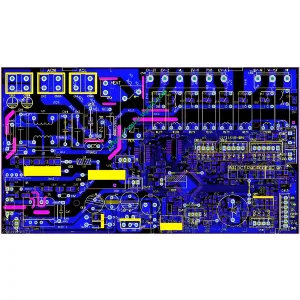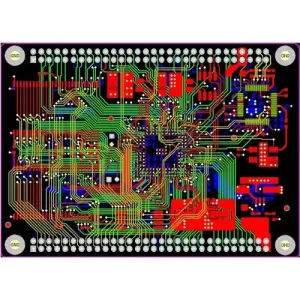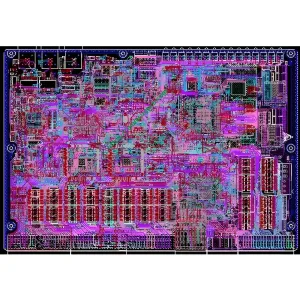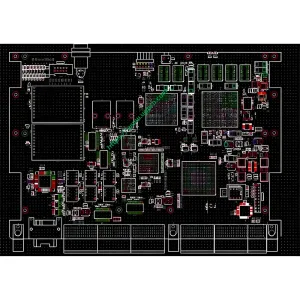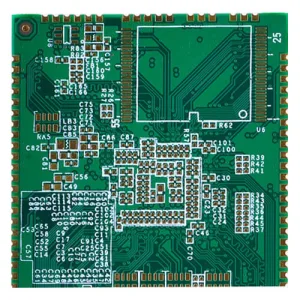Introduction aux bassins arrière
Le fond de panier est similaire à la carte mère d'un ordinateur. Il est omniprésent dans de grands serveurs de réseau PC et d'autres systèmes informatiques avec des mises à niveau de processeur fréquentes.
Différence entre le panier et la carte mère
Dans un sens, Une carte mère du plan arrière n'a pas de vraie carte mère. En fait, sur une carte mère du plan arrière, Les composants qui seraient normalement trouvés sur la carte mère seraient placés sur la carte de contrôleur RAID du serveur d'adaptateur d'extension inséré dans la fente.
Qu'est-ce qu'un plan arrière de serveur?
Le fond de panier est une carte de circuit imprimé, Similaire à une carte mère de serveur, Mais il n'a pas de puissance de stockage et de traitement à bord. Les planches avec des machines à sous sont appelées bassin versant plutôt que sur des panneaux mères. Les systèmes utilisant de tels circuits sont appelés systèmes de fond de panier.
Types de pansements
- Fond de panier passif: Essentiellement une prise pour les cartes mémoire, cartes de processeur, et d'autres tableaux de composants.
- Plan de panier: Équipé de la commande de bus et d'autres circuits.
Le panier de panier a généralement des composants sur la carte mère pour l'expansion qui se connectent aux cartes adaptateurs à fentes.
Composants du plan arrière
Un plan arrière n'est rien de plus qu'un morceau de papier avec des créneaux pour les interconnexions, sans puces majeures à part la carte mère. Circuit de conditionnement d'alimentation du serveur. Le fond de panier est limité à un seul type de bus qui relie diverses cartes.
Durabilité des pansements
La durée de vie du fond de panier est directement liée à l'état du connecteur. Certains connecteurs peuvent résister à des centaines d'insertions ou de déménagements, en fonction de la qualité de leurs connecteurs.
Caractéristiques du bassin versant
Les bassins arrière sont préférés aux câbles car ils ne souffrent pas des mêmes problèmes de flexion qui existent dans les câbles.
Connecteurs de plantes arrière du serveur
Ils se connectent au fond de panier pour effectuer différentes tâches. Flexibilité, modularité, et la facilité d'utilisation rendent ces connecteurs idéaux pour concevoir des solutions informatiques personnalisées. Contrairement aux cartes mères, Les panseaux de serveur ne sont pas considérés comme contenant des composants actifs, comme les microprocesseurs. Ce malentendu peut provenir du fait que le connecteur du plan arrière est connecté à un système informatique à carte unique ou à la carte mère de l'hôte système. Le système fonctionne comme une carte mère.
Défis de conception du plan arrière
Qualité du signal
Il y a un problème avec la conception des connecteurs de fond de panier; Ils ne peuvent pas gérer la qualité du signal. Lorsque le signal entre par le serveur externe, Il passe par les traces sur la carte fille puis via le connecteur du plan arrière.
Alors que notre besoin de vitesse continue de croître, Les connecteurs du plan arrière peuvent diriger les signaux dans la bonne direction. Augmentation des vitesses de transfert de données et plus petites, Les tuyaux de données plus denses peuvent entraîner une réduction de l'intégrité du signal. Mettre simplement, c'est trop, trop rapide, et trop petit.
Causes de décomposition du signal
Ce qui se passe exactement avec le signal qui le fait se décomposer à un rythme extrêmement élevé? Les signaux numériques utilisent des modifications de tension mesurées avec précision pour représenter les informations. Dans les circuits numériques, Ce changement de tension est appelé un “impulsion”.
- Caractéristiques d'impulsion: Le pouls commence par un “désactivé” État représentant zéro. Il augmente ensuite à un certain niveau de tension (“sur” un ou un) pour une période spécifique (longueur de pouls). L'impulsion revient alors dans le “désactivé” direction.
- Intégrité du signal: Théoriquement, Une impulsion parfaite a des changements de tension précisément marqués. De vraies impulsions ne peuvent pas fonctionner de cette façon. Les tensions qu'ils produisent ont tendance à augmenter progressivement, puis à être facilement déformées.
Si une impulsion particulière est affectée par l'une de ces raisons (faible tension à grande vitesse, diaphonie, ou impédance), Le système peut ne pas refléter avec précision le signal numérique. Le résultat peut être que les données envoyées ne correspondent pas aux données reçues.
 LOGO UGPCB
LOGO UGPCB
